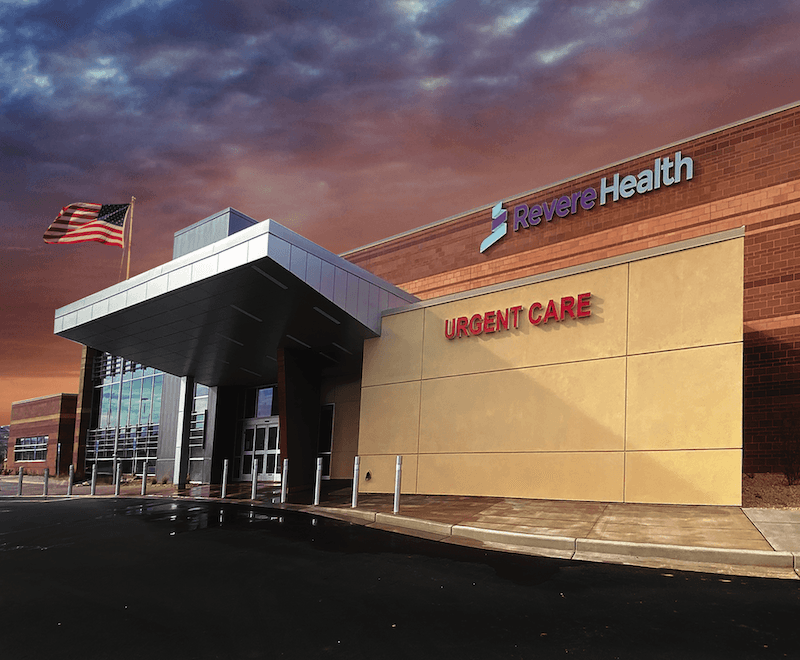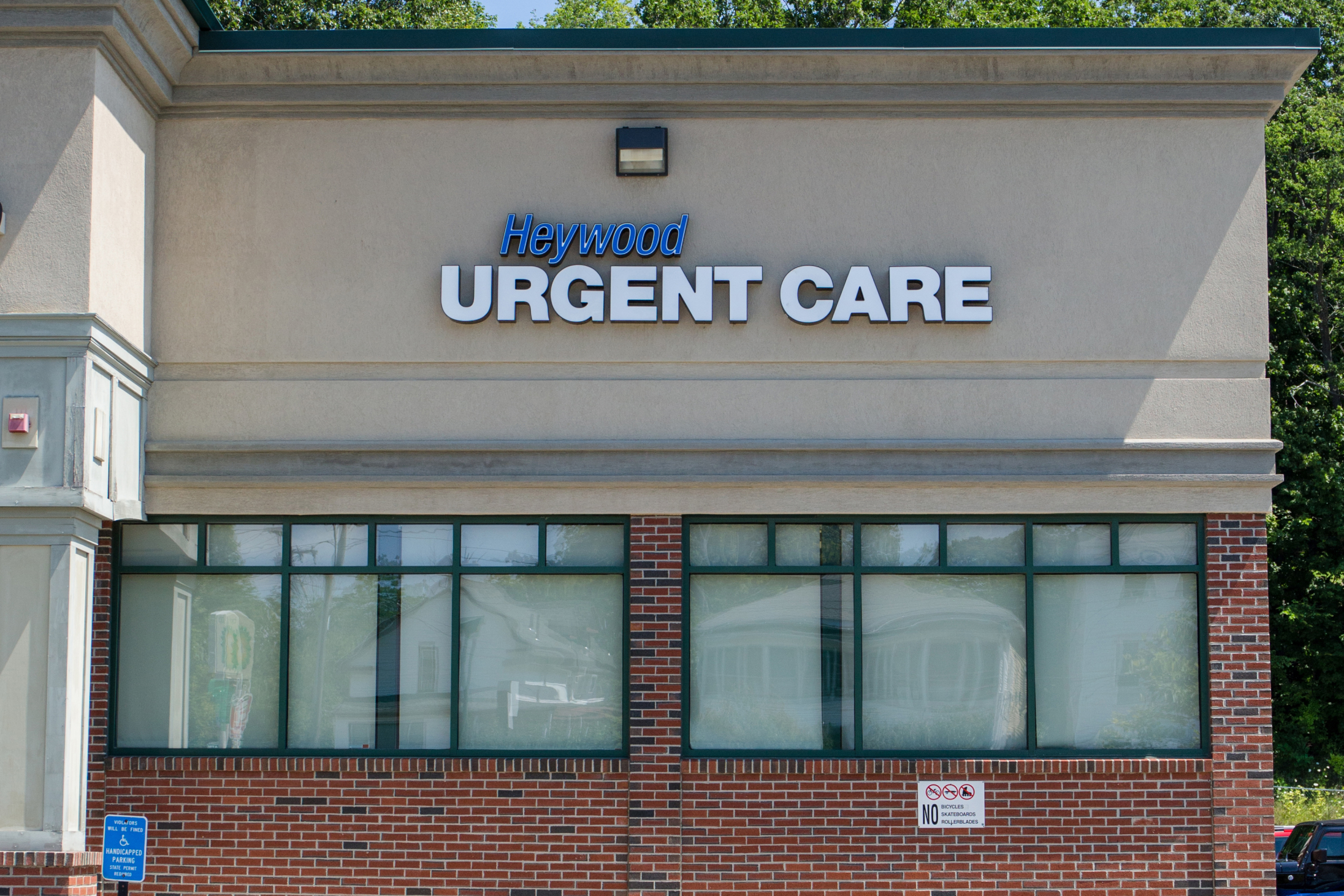The Importance of Urgent Care Centers in Linking the Gap Between Health Care and Emergency Solutions
Immediate care centers have become an essential element of the medical care landscape, effectively dealing with the essential need for immediate clinical attention without considering emergency services. By giving look after non-life-threatening conditions, these centers help to minimize the problem on emergency situation areas and enhance client access to timely treatment. Their prolonged hours and diverse services accommodate a growing population seeking alternatives to conventional main treatment. Nevertheless, the advancing duty of immediate treatment centers increases essential concerns regarding their integration within the broader healthcare system and the implications for client outcomes and resource allocation.
Introduction of Urgent Care Centers
Immediate care centers have actually ended up being an important part of the healthcare distribution system, offering obtainable medical solutions for non-life-threatening problems. These facilities commonly operate outdoors standard office hours, offering people an alternative to emergency situation rooms and medical care settings. Clients looking for urgent care commonly existing with issues such as small injuries, infections, or ailments that require prompt focus but do not posture an instant threat to life or limb.
Urgent care facilities are staffed by a series of healthcare experts, consisting of physicians, nurse specialists, and medical professional aides, who are geared up to identify and deal with numerous clinical worries. They often feature analysis devices such as X-ray equipments and research laboratory services, allowing them to provide extensive care on-site.
The establishment of urgent care centers has been influenced by the enhancing demand for timely medical services in a fast-paced society, where clients may have a hard time to protect visits with main care suppliers. Because of this, these facilities intend to minimize congestion in emergency departments, improving overall healthcare efficiency. In addition, immediate treatment centers typically function as a bridge between medical care and emergency solutions, making certain that people obtain appropriate treatment customized to their certain medical requirements.

Advantages of Urgent Care Services
Accessing timely treatment is a considerable benefit of immediate treatment solutions. These centers provide instant interest for non-life-threatening problems, successfully lowering delay times contrasted to traditional emergency departments. Patients seeking take care of small injuries, illnesses, or urgent health concerns can obtain treatment without the long hold-ups often associated with hospital gos to.
Another key benefit is the extended hours of procedure. Several immediate care facilities are open nights and weekend breaks, accommodating clients who may not be able to visit their health care service provider during standard workplace hours. This adaptability makes immediate care an accessible option for those with active timetables or unexpected health issues.
Furthermore, immediate treatment facilities frequently supply a large range of services, including analysis testing, X-rays, and standard lab services. This thorough technique allows for fast medical diagnosis and therapy, enhancing person contentment.
Furthermore, immediate care centers are normally more cost-efficient than emergency areas, making them an appealing alternative for individuals without insurance policy or those with high-deductible plans. On the whole, urgent treatment solutions play an important duty in offering obtainable, timely, and affordable treatment.
Comparison With Medical Care
Usually, patients commonly weigh their choices in between urgent care centers and health care companies when looking for medical focus. Both serve necessary duties in the healthcare system, yet they differ dramatically in scope, accessibility, and expense.
Health care suppliers are commonly the first point of contact for patients, concentrating on long-term health management, preventive care, and persistent condition monitoring. They supply connection of treatment, cultivating a patient-provider partnership that permits thorough wellness analyses and tailored therapy strategies. Setting up an appointment can be lengthy, typically needing days or weeks in advancement. Urgent Care.
In contrast, immediate treatment centers provide immediate treatment for non-life-threatening conditions that require punctual interest, such as minor injuries or infections. These centers usually run beyond standard office hours, accommodating people that may not have the ability to visit their medical care supplier during normal service times. Furthermore, urgent treatment is typically extra economical than emergency clinic check outs, making it an appealing choice for those with limited medical care access.
Inevitably, while urgent treatment centers and health care carriers both contribute to person health and wellness, they provide to unique demands, making it important for patients to figure out which alternative finest straightens with their situations.
Emergency Situation Services Interaction
The communication in between immediate care facilities and emergency situation services is a crucial aspect of the medical care landscape, especially when people deal with scenarios that might intensify in extent. Urgent care centers function as a bridge in between primary treatment and emergency situation divisions, addressing non-life-threatening conditions that need prompt attention. This collaboration improves person outcomes and optimizes resource allowance within the medical care system.
When people present with not life-threatening but urgent problems, immediate treatment facilities can successfully handle their demands, alleviating congestion in emergency spaces. Facilities furnished with internet analysis capacities can promote prompt references to emergency situation solutions when a person's problem goes beyond the extent of immediate care therapy. This smooth communication aids make sure that individuals get the suitable level of treatment without unneeded delays.
Furthermore, effective interaction in between urgent treatment carriers and emergency situation solutions is important. Sharing client info and treatment backgrounds cultivates collaborated care, decreasing the danger of redundant examinations and procedures. As healthcare remains to progress, the dynamic partnership between immediate treatment centers and emergency situation solutions will play a pivotal duty in enhancing patient treatment efficiency, satisfaction, and total health end results within the neighborhood.
Future of Urgent Care Facilities
As health care demands progress, the future of urgent care centers is poised to come to be increasingly integral to the general medical ecosystem (Urgent Care). These facilities are most likely to expand their functions by including sophisticated modern technologies, such as telemedicine, expert system, and electronic health and wellness document integration. This will boost patient gain access to and enhance care coordination in between immediate treatment, medical care, and emergency solutions
Moreover, urgent care facilities are expected to diversify their service offerings to include precautionary care and chronic illness administration. This shift will position them as vital components in managing population health, decreasing the concern on emergency departments, and attending to spaces in health care availability.
The growing trend of value-based treatment will certainly additionally speed up the change of urgent care centers, motivating them to concentrate on individual results and complete satisfaction. Facilities may additionally take on collaborative practice models, working closely with professionals and key care suppliers to make sure extensive patient management.
Conclusion
Finally, urgent treatment centers offer an important feature in the health care system by providing instant accessibility to therapy for non-life-threatening problems, successfully reducing stress on emergency solutions. Their extended hours and diverse series of services boost patient comfort and complete satisfaction, while additionally ensuring proper care shipment. As medical care requires remain to progress, the duty of urgent care centers will likely come to be progressively substantial, further bridging the space in between primary care and emergency situation solutions.
The establishment of urgent care facilities has actually been affected by the increasing demand for timely clinical solutions in a busy society, where clients might have a hard time to Click Here secure visits with main care companies. In addition, urgent treatment facilities frequently serve as a bridge between main treatment and emergency situation solutions, ensuring that patients receive you can check here suitable care tailored to their certain clinical requirements.
Numerous urgent care facilities are open evenings and weekends, accommodating patients who may not be able to see their key treatment provider during basic office hours (Urgent Care). As healthcare continues to evolve, the dynamic relationship in between immediate treatment facilities and emergency situation services will play a critical role in improving patient treatment effectiveness, fulfillment, and general health and wellness outcomes within the community
